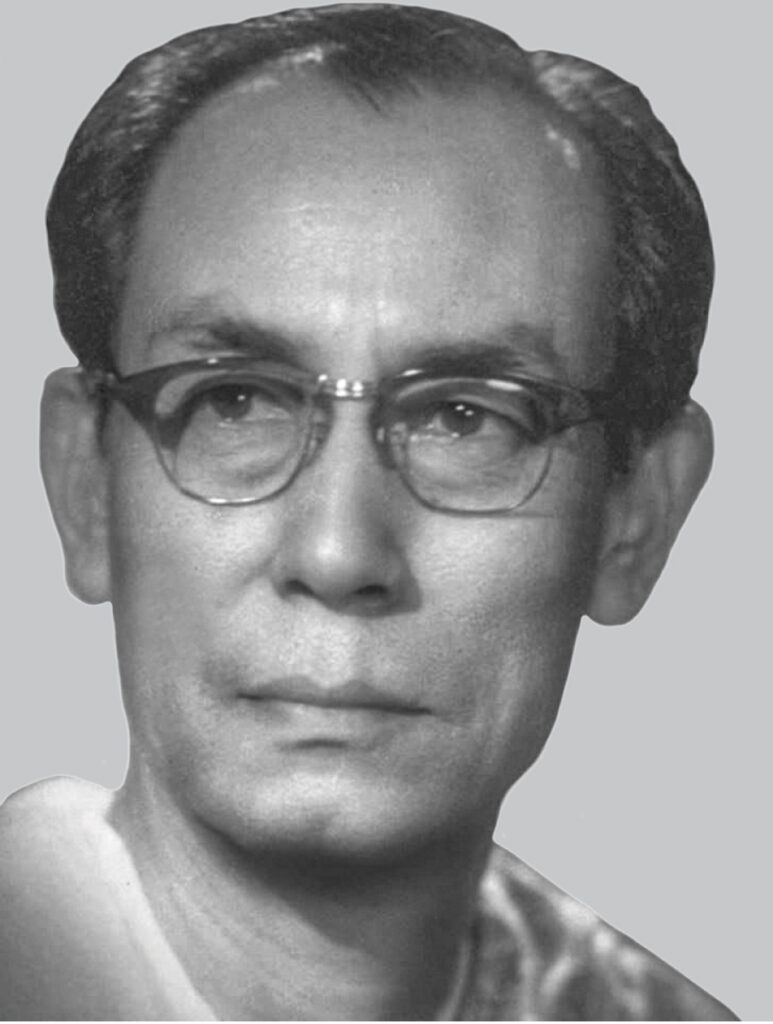S D Burman – the magical, magnificent musician
In 1963, Dev Anand was busy with his magnum opus Guide. Music composer S D Burman fell very ill after composing just one song of the 10 songs planned. Dev refused to engage any other composer, saying, “I’ll wait for you to get better.” “And what if I don’t?” asked Burman. “Then I’ll release the film with just one song,” countered Dev.
Burman got better and completed what turned out to be a musical masterpiece — the best in Bollywood history, according to a famous 2006 survey conducted by Outlook magazine which polled 30 high-profile lyricists, composers and singers.
And what glittering gems Guide offered! Aaj phir jeene ki tamanna hai (an exuberant Lata song filmed on a flamboyant Waheeda); Gata rahe mera dil (another infectious Dev-Waheeda romantic song in the vocals of Lata and Kishore); Piya to se naina lagey re (an eight-minute dance classic); and of course Wahan kaun hai tera, the peerless background song by Burman himself for the film’s opening scenes.
Dev’s belief in Burman was fanatical. “I can’t forget what his music did for Navketan Films (owned by Dev and brother Chetan Anand) in the early years,” he remarked. SD composed music for 14 Navketan films including musical blockbusters such as Baazi, Taxi Driver, Nau Do Gyarah, Kala Pani, Kala Bazar, Guide, Jewel Thief, Tere Mere Sapne and Prem Pujari — each of them a treasure trove of memorable songs.
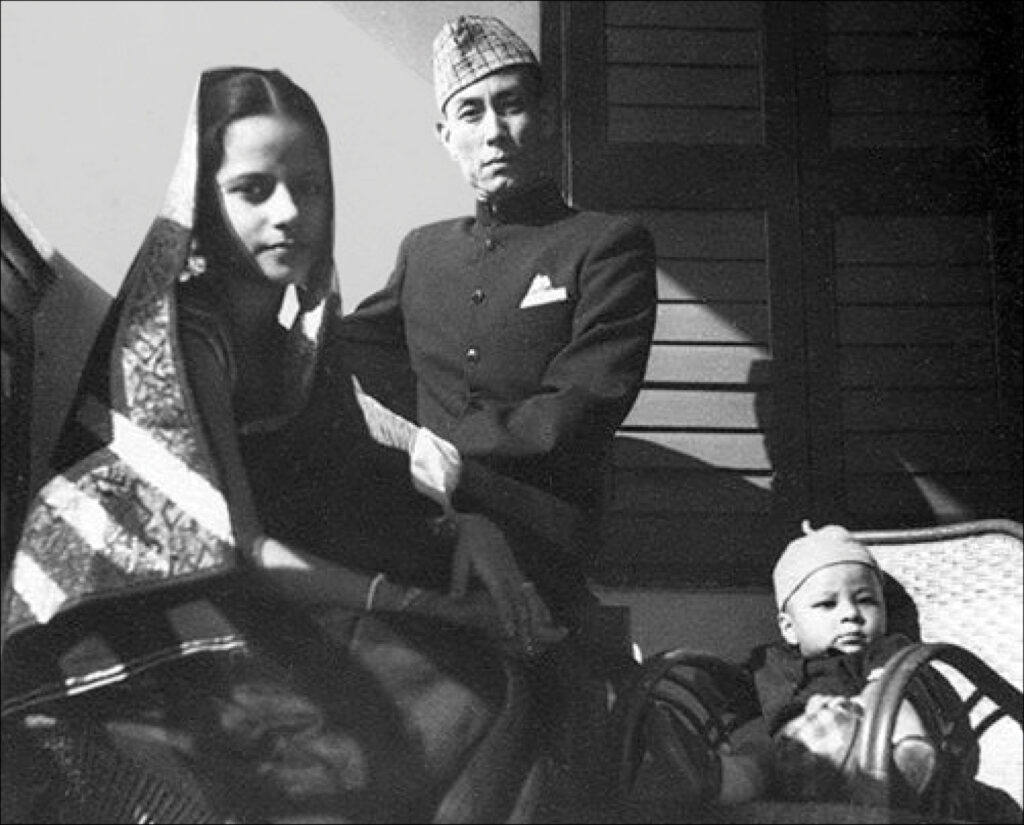
Over four decades (1935–1975), Burman composed music for more than 100 films in Hindi and Bengali and sang many wonderful songs himself. His longevity was remarkable. He was in demand till his death — unlike other maestros who aborted their careers because of either decline in fortune or changing times. He boosted the careers of numerous singers — including Geeta Dutt, Asha, Kishore, Manna Dey and Hemant Kumar.
What were the hallmarks of his music? It was youthful, ageless and reflected hope — one reason why it charmed Dev Anand. SD composed the transcendental Megha chhaye aadhi raat for Sharmilee at the age of 65 in 1971 — the year when his son R D Burman wowed listeners with Raina beeti jaaye in Amar Prem. It seemed as if father and son would become rivals!
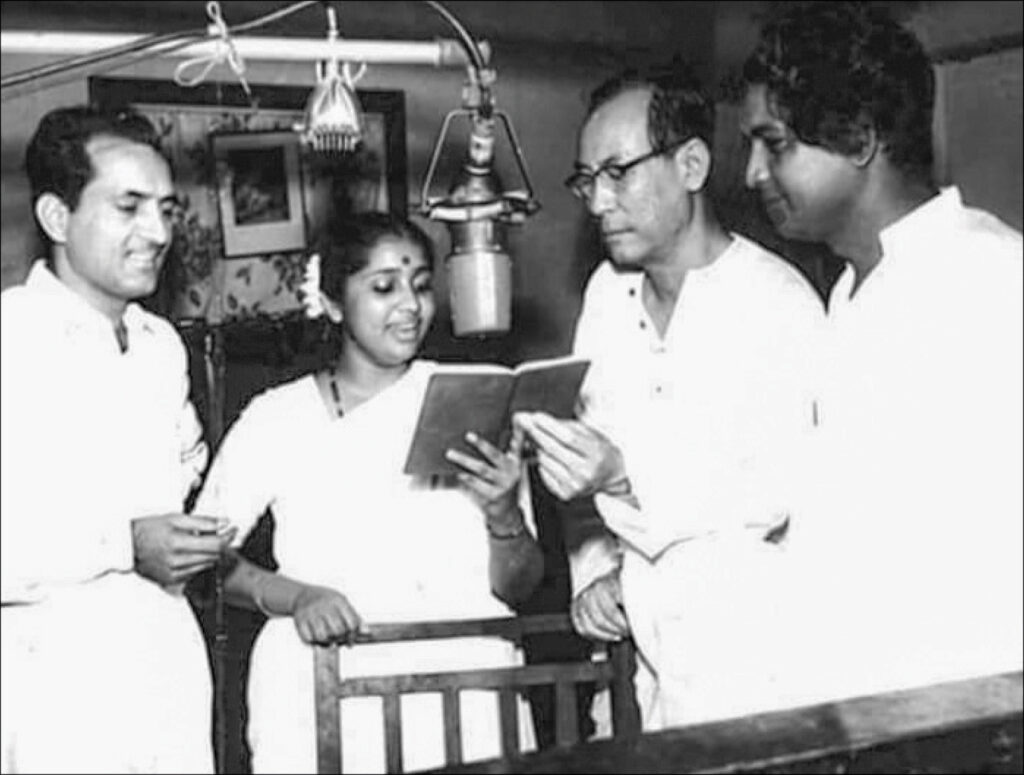
Sweetness and simplicity suffused his songs. “I want to compose songs that even my servant can hum,” Burman used to say. It’s praise by commoners — workers, cobblers, van drivers, paan shopwallahs — that pleased him the most. No wonder SD developed an instinctive feel for the pulse of the people.
He was Bollywood’s prince of folk. Early in life, he roamed around rural Bengal, building a collection of folk tunes and music which proved valuable after he became a composer. “No composer entered the industry with such a rich stock of tunes,” said Dev Anand.
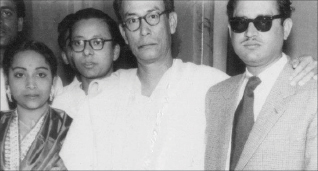
“His music captured the aroma of rain-sprinkled earth,” said Khagesh Burman, author of the book S D Burman: the world of his music.
More than anything else, he personified perfectionism. Manna Dey said that just after he composed music for a song, “he would sing it from morning till night, he would try it out before select audiences.”
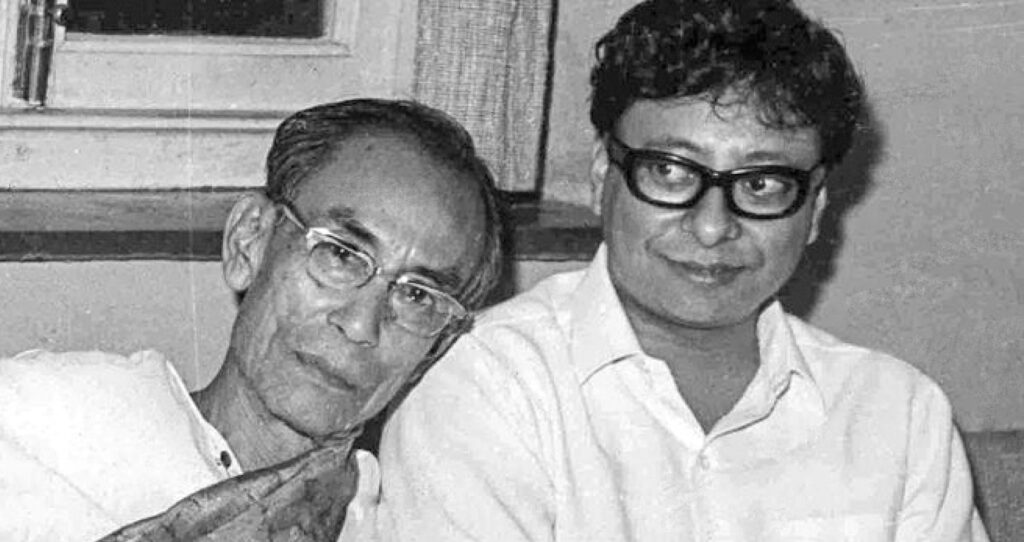
Burman composed countless gems that have enchanted critics and laymen alike over the years. Here are a few glimpses into his oeuvre.
- Mera sundar sapna beet gaya — Geeta Dutt, 1947, Do Bhai. Melody laced with melancholy was never more magical than in this heart-rending Burman song rendered by 15-year-old Geeta Roy (Dutt). It made her a superstar.
- Tadbeer se bigdi hui tadbeer bana le — Geeta Dutt. Baazi, 1952. A guitar-bearing Geeta Bali teases Dev Anand on screen. The seductive fast-paced number drove audiences crazy.
- Thandi hawayen — Lata, Naujawan, 1950. A song that dramatised the intoxicating power of the Burman-Lata combo.
- Yeh raat yeh Chandni phir kahan — Jaal, 1952. The song that made Hemant Kumar famous overnight.
- Jeevan ke safar mein raahi — Kishore, Munimji, 1954. Singer Kishore and actor Dev had a flair for romance, tapped by Burman in this famous road song.
- Yeh duniya agar mil bhi jaaye — Mohammad Rafi, Pyaasa, 1957. A writer’s thundering protest against injustice and exploitation. This Rafi song begins on a soft note and rises to a majestic crescendo. A triumph for Guru Dutt, Burman and Rafi.
- Chand phir nikla — Lata, Paying Guest, 1957. This enchanting melody captures the plight of a young woman pining for her lover. SD, Lata and the lovely Sadhana give you a piece of immortality.
- Ik ladki bheegi bhagee si — Kishore, Chalti Ka Naam Gadi, 1958. Burman’s score in this film astonished one and all with its witty, frothy melodies. This Kishore song aimed at Madhubala is a rollicking gem.
- Waqt ne kiya — Geeta Dutt, Kaagaz ke Phool, 1959. An iconic song, dripping with pathos, from an iconic film, Geeta at her best.
- Mere sapnon ki rani — Kishore, Aradhana, 1969. Sharmila on a train serenaded by Rajesh Khanna in a car — a song and a film that revolutionised film music and catapulted Kishore to the top.
- Safal hogi teri aradhana — S D Burman, Aradhana, 1969. Burman used his own unique voice in the background to deepen the mood or take the story forward in several of his films. This song won the national award for the best song.
- Tere mere milan ki yeh raina — Lata and Kishore, Abhimaan, 1971, where music unites a young couple, draws them apart and reunites them. One of the film’s many glorious songs. The film won him his second Filmfare award for best music, the first being for Taxi Driver.
Career outline
Burman was born in Comilla, now in Bangladesh in 1906, the youngest in a family with four sons and five daughters. His father belonged to the Tripura royal family, his mother was a princess of Manipur. The musician severed all ties with royalty after a few years. He learnt music formally from a number of gurus — the blind singer K C Dey, sarangi maestro Khalifa Badal Khan and sarod maestro Ustad Allauddin Khan.
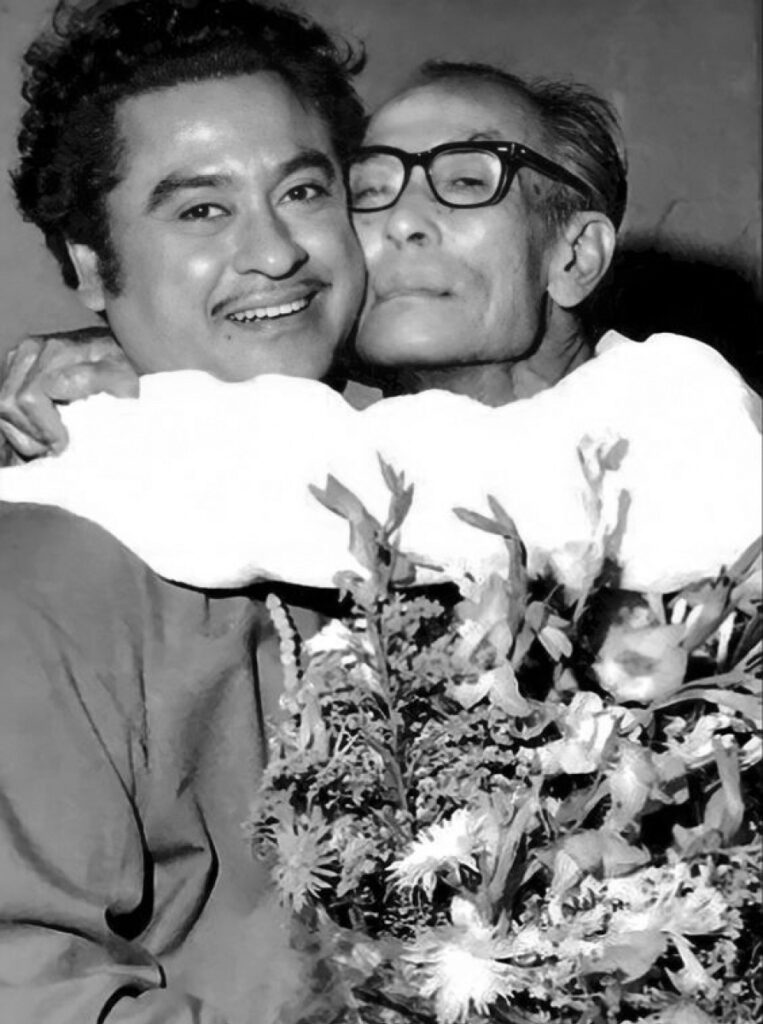
His career began as a singer with All-India Radio in Calcutta, and as singer and composer in Bengali films. He moved to Bombay in 1944. His first major success in Bombay was with Filmistan’s Do Bhai (1947) — the song Mera sundar sapna beet gaya of Geeta Roy (Dutt) became a rage.
Till his death in 1975, Burman composed some of Bollywood’s most memorable songs. Apart from songs for Dev Anand mentioned earlier, he composed superlative music for Guru Dutt — for the sombre masterpieces Pyaasa (1957) and Kagaz Ke Phool (1959), a tour de force of existential angst. Chalti Ka Naam Gaadi (1958) for Kishore Kumar took the music world by storm with naughty, flighty and flirty songs. In 1959 came Sujata for Bimal Roy. Who can forget Kali ghata chhaye (Asha), Jalte hei jiske liye (Talat Mahmood) and Nanhi kali soney chali (Geeta Dutt), all tantalising melodies, from this movie?
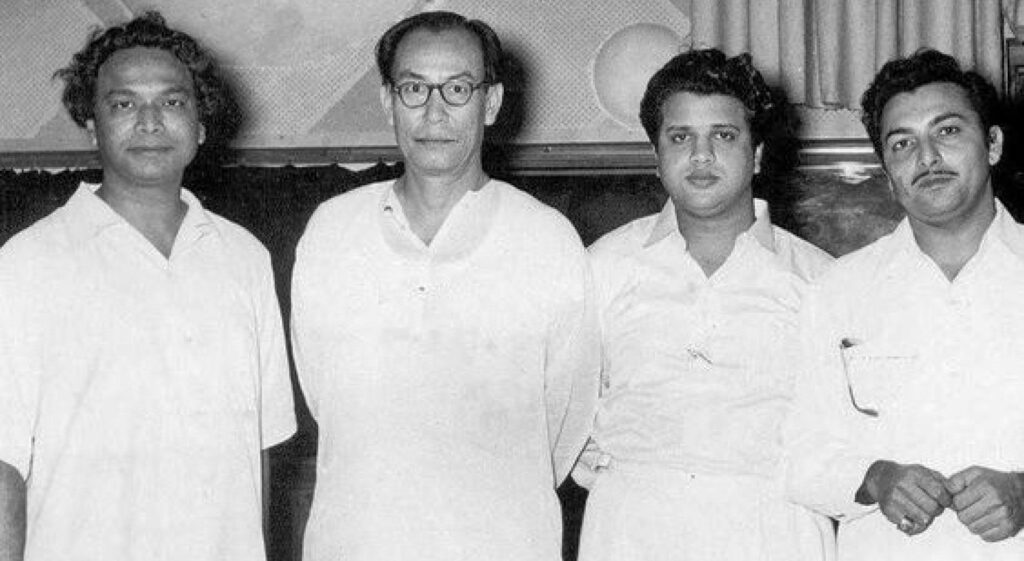
Burman made waves in the 1960s with compelling songs in Bandini (Ab ke baras bhej bhaiya ko babul-Asha, 1963), Guide (1965), Jewel Thief (1967) and several other films. Aradhana (1969) was a landmark of Hindi cinema. In Bandini, he hit the ball off the park with the haunting song, which he sung himself, Mere sajan hei us paar.
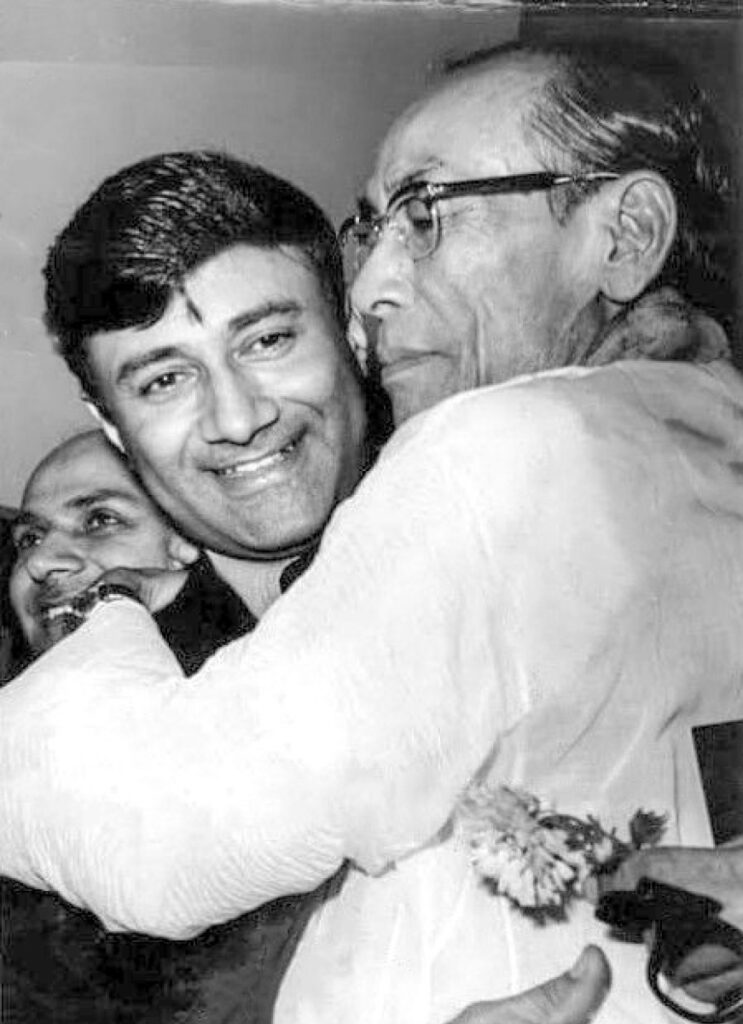
Despite failing health, he made unforgettable music during the 1970s in Sharmeelee (1971) and Abhimaan (1973). He slipped into a coma and died in 1975 at the age of 69.
Burman and Kishore Kumar
Burman was very fond of Kishore Kumar. Both being a trifle eccentric, the account of their relationship is hilarious. One day his car encountered Kishore’s on a busy public road. Burman struck up a conversation and made Kishore repeat a new tune of his, despite blaring horns and screaming drivers and a protesting Kishore. But didn’t relent till the song was over.
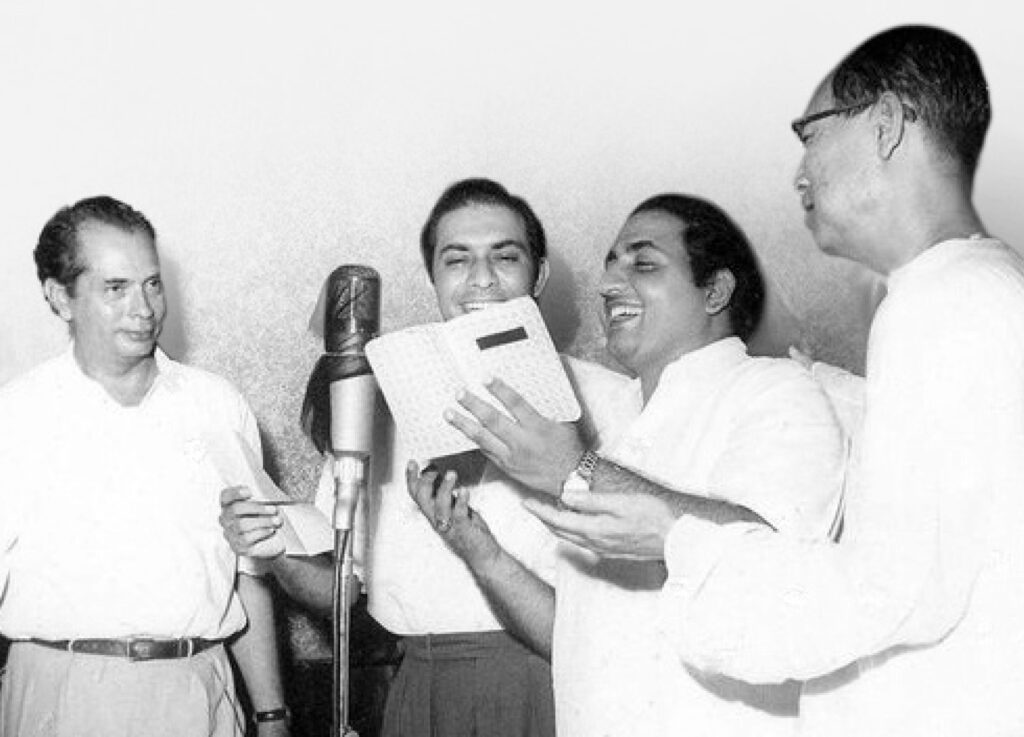
On another occasion, Burman got into Kishore’s car from his own, at a traffic signal on a busy road, and bade the driver go to the outskirts of the city. “Dada, I’m going for a sound recording,” Kishore said. “Postpone it. See, the weather is so good, let’s enjoy nature.” They reached some meadows on the outskirts of the city. Burman walked on the earthen boundary of the fields, started singing, then dancing, and asked Kishore to join. “I was breathless but Dada was fine,” Kishore recalled.
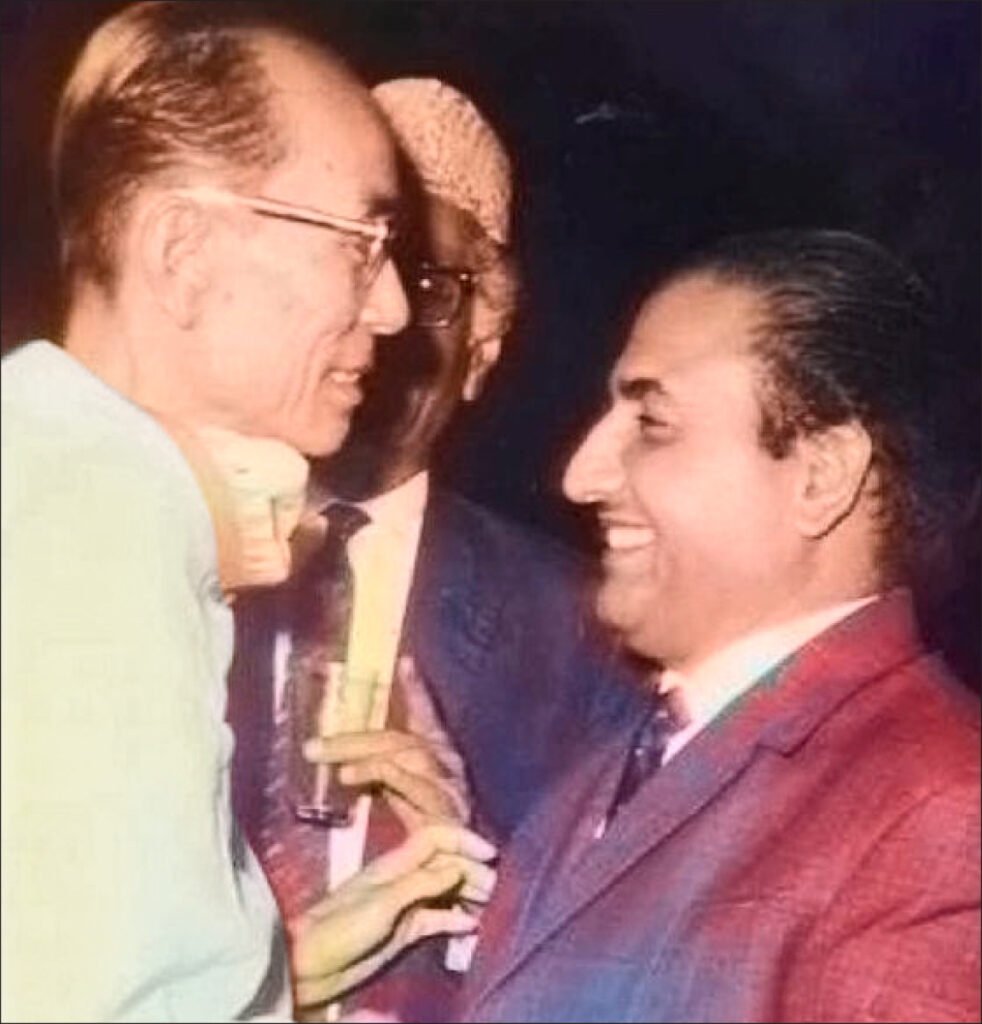
In 1975 Burman was very ill. The doctor wanted him hospitalised, but he refused, saying he had to organise recording for a Kishore song in Mili. Kishore feigned a bad throat and told him, “You better go to hospital. By the time you return, I’ll be fine too and ready to record.”
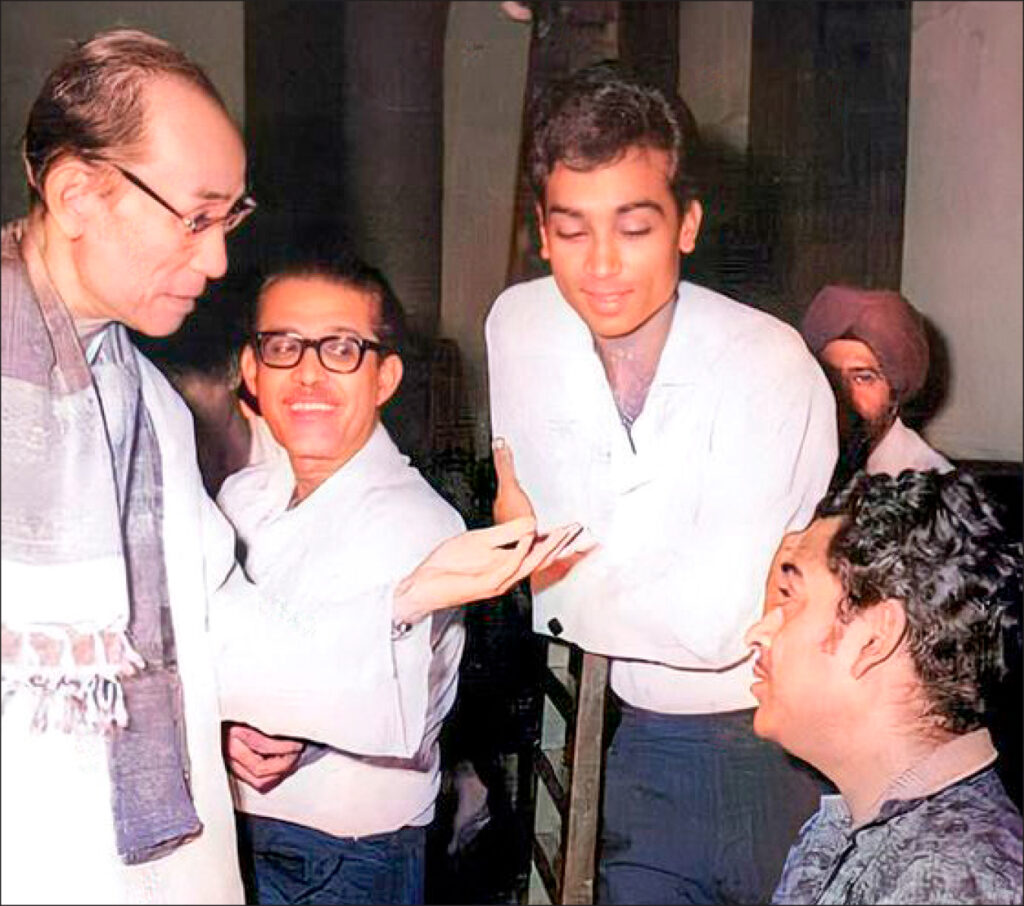
But Burman didn’t return home. Kishore played a record of the Mili song for him on his hospital bed, which he approved of energetically. He passed away a few days later.
Burman may have renoun-ced his Tripura royal legacy but he created an everlasting music legacy for millions of fans worldwide.
The author is a senior journalist and member of the Rotary Club of Madras South
Trivia
After the success of Baazi (1951), SD was very busy and decided to limit himself to three films a year. A producer who was very keen on SD visited him with a suitcase of currency notes. Said SD: “You may offer me as much money as you want, but my answer remains no.” The producer left, dejected. An eye-witness to the exchange remarked that SD ought to be more money-smart. He responded, “When you draw water from a well, you should do so with restraint or the well will dry up. This principle is true of music composition as well.”
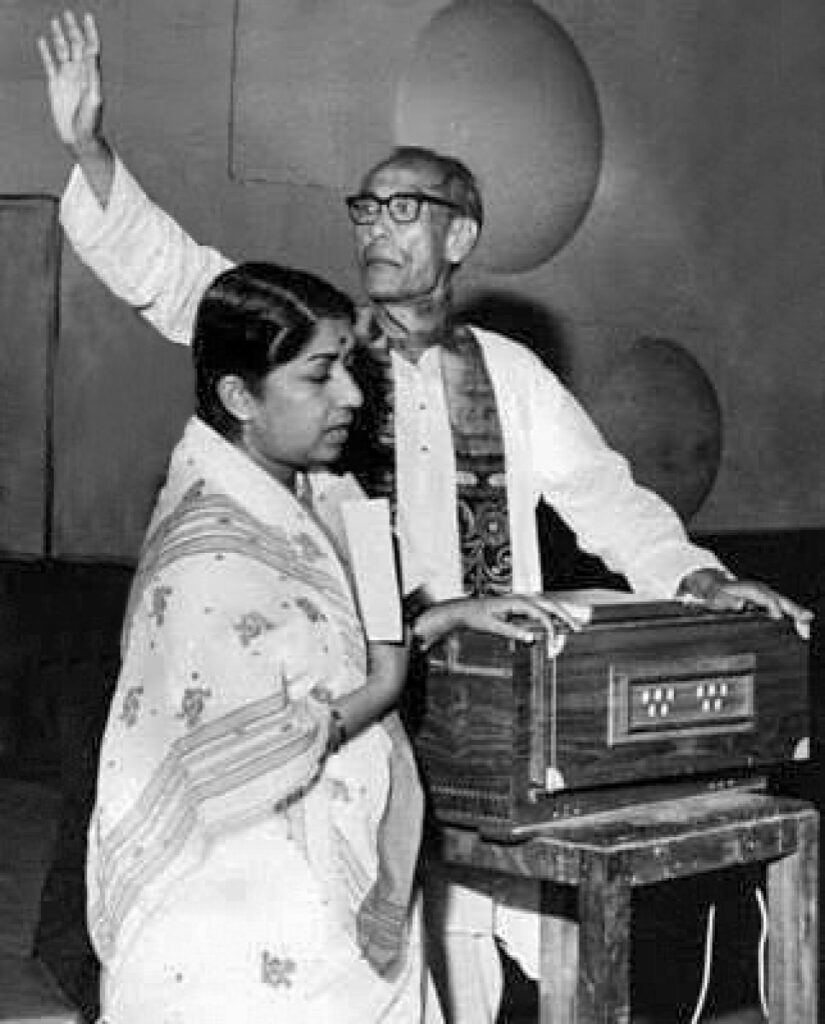
In 1946, he was on a boat near Agartala. The boatman sang one of SD’s Bengali songs. When he realised that his customer was the song’s creator, he fell at Burman’s feet and said “What a voice you have, karta. It seems as if a koel resides in your throat.”
Jalte hain jiske liye (Talat in Sujata, 1959), the most celebrated telephone song in Bollywood history, was inspired by SD’s own telephone song to a friend. The latter said he wished the song would never end.
“Lota” was Burman’s all-time favourite. “In sweetness and range, Lata’s voice is incomparable,” Burman said once. She sang 130 solos for him, compared to 44 by Geeta Dutt, 45 by Rafi, 52 by Kishore, and 75 by Asha. In 1958, Lata and Burman had a misunderstanding over the re-recording of a song for Miss India. They didn’t work together till 1962. Asha Bhosle was the biggest beneficiary of this rift. But once he and Lata were reconciled, Lata once again became his top singer.
Bengalis adored SD the singer but he didn’t enjoy much success as a music composer in Bengali films. Reason: audiences there loved his songs only if he sang them!
SD was well-known for his white kurtas, his fondness for paan (he never shared his precious paan with anyone except occasionally with Lata when he was very pleased with a song recording), his craze for football (he was a fan of East Bengal and would grieve and even fast if East Bengal lost a match, particularly to traditional rivals Mohun Bagan), his quaint Hindi pronunciation of which he was totally un-selfconscious. He referred to Lata as “Lota”.

